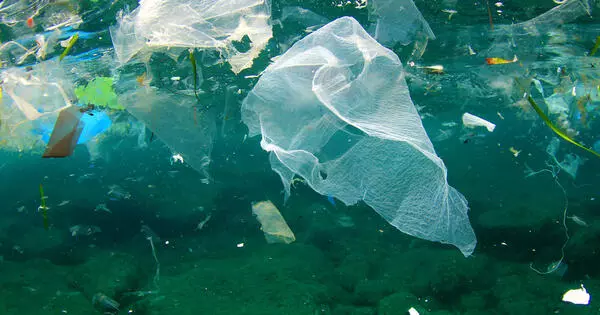Plastic pollution is the accumulation of plastic products in the environment, including land, water, and air. Plastic is a non-biodegradable material, meaning that it does not decompose naturally in the environment, and as a result, it can persist for hundreds of years. This creates an enormous environmental problem, as plastic pollution affects wildlife, ecosystems, and human health.
Plastic pollution is defined as the accumulation of plastic objects and particles (for example, plastic bottles, bags, and microbeads) in the Earth’s environment, which has a negative impact on humans, wildlife, and their habitat. Plastics that pollute the environment are classified as micro-, meso-, or macro-debris. Plastics are inexpensive and durable, making them versatile for a variety of applications; as a result, manufacturers prefer to use plastic over other materials. However, the chemical structure of most plastics makes them resistant to many natural degradation processes, making them slow to degrade. These two factors, when combined, allow large amounts of plastic to enter the environment as unmanaged waste and persist in the ecosystem.
Cause
Plastic pollution is caused by a range of human activities, including the production, use, and disposal of plastic products. Plastic waste can enter the environment through littering, improper disposal, and industrial and commercial activities. Plastic pollution can harm wildlife by entangling animals or by being ingested, which can lead to health problems and even death. It can also disrupt ecosystems and have impacts on human health through the food chain.
Plastic is a polymeric material, which means that its molecules are very large, resembling long chains made up of an apparently infinite series of interconnected links. Natural polymers like rubber and silk are abundant, but they have not been linked to environmental pollution because they do not persist in the environment. Today, however, the average consumer is exposed to a wide range of plastic materials designed specifically to resist natural decay processes—materials derived primarily from petroleum that can be molded, cast, spun, or applied as a coating.
Prevention
To combat plastic pollution, there are various strategies, including reducing plastic use, recycling, and proper disposal of plastic products. Some countries have implemented regulations on single-use plastic items, and there are ongoing efforts to develop and implement more sustainable alternatives to plastic. Public awareness and education campaigns are also important in raising awareness about the issue and encouraging responsible behavior.
Because synthetic plastics are mostly nonbiodegradable, they persist in natural environments. Furthermore, many lightweight single-use plastic products and packaging materials, which account for roughly half of all plastics produced, are not placed in containers for subsequent disposal in landfills, recycling centers, or incinerators. Instead, they are improperly disposed of near or at the point where they are no longer useful to the consumer.
















